August 19, 2024
Leader Interview
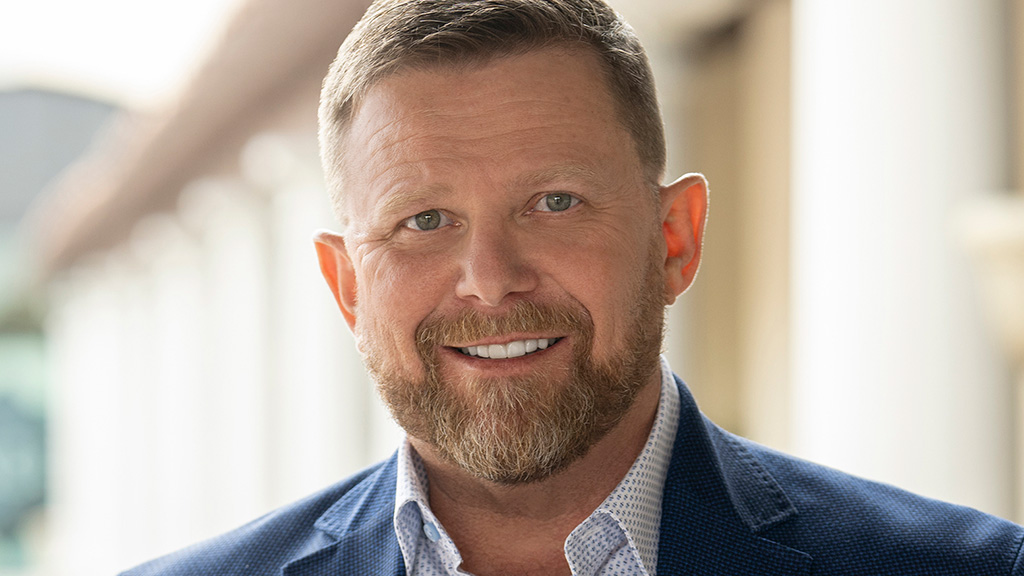
Whitaker has boosted membership as artificial intelligence changes medtech industry.
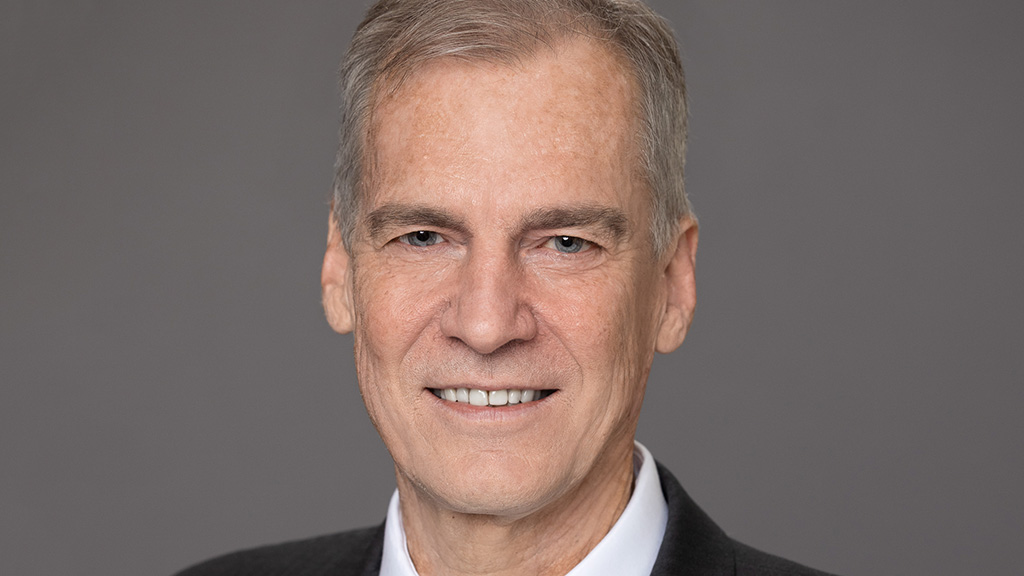
Centrist politician abandoned increasingly bitter politics to enter senior living business.
May 6, 2024
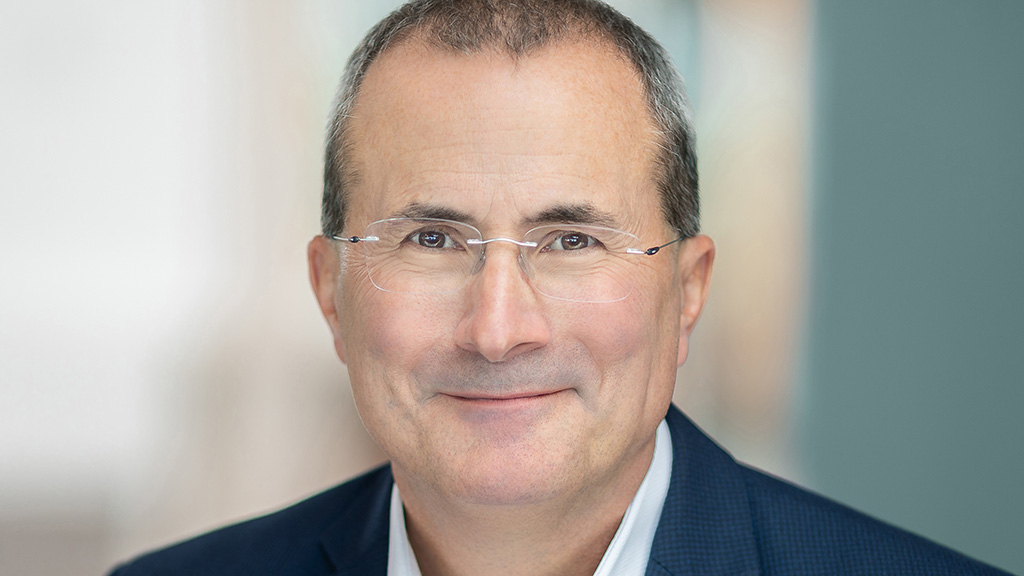
Former Chamber, News/Media Alliance leader tells story of packaged goods industry.
February 12, 2024
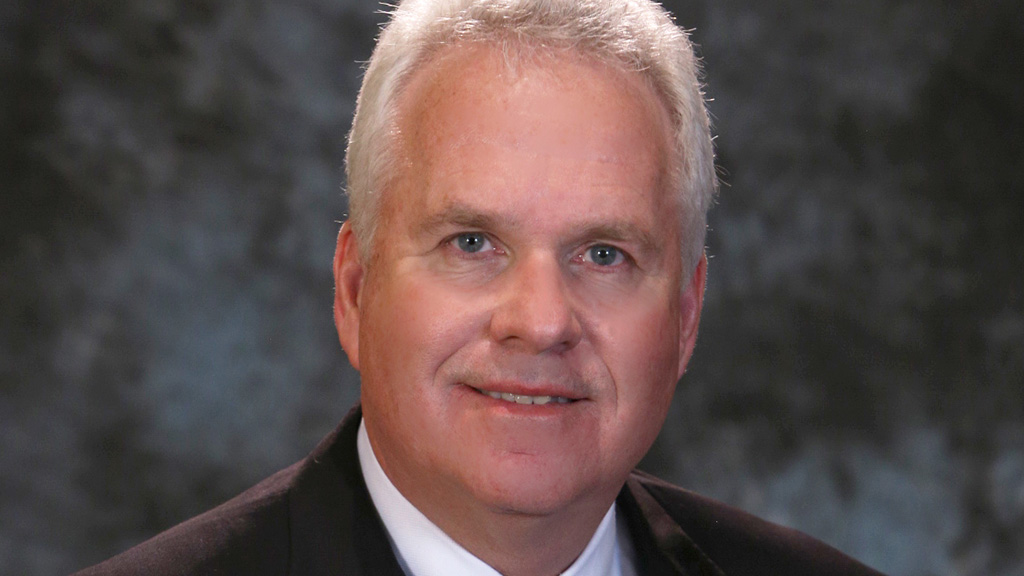
CEO Stephen Sandherr also says decisiveness was key to his success in leadership role.
January 31, 2024
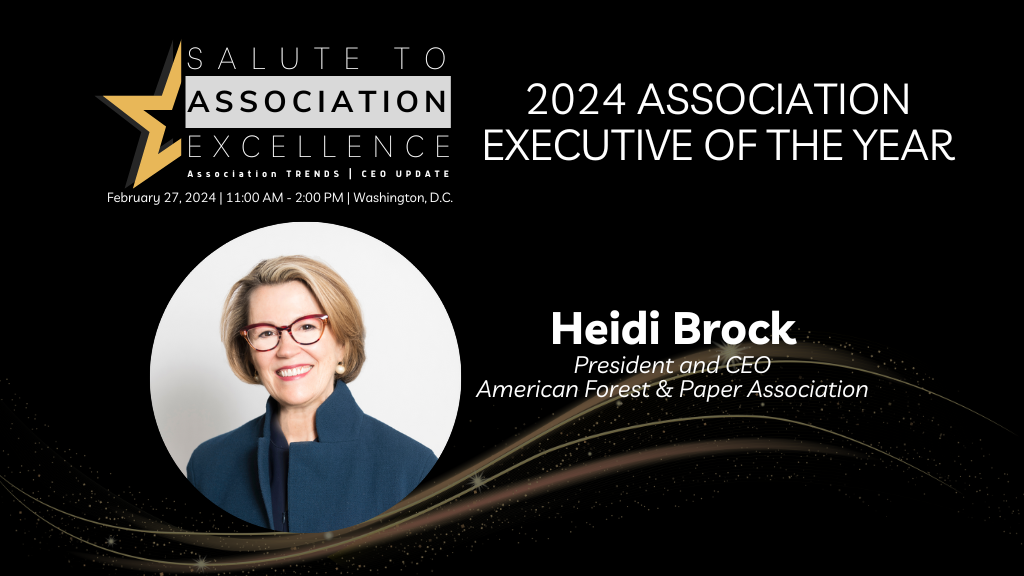
American Forest and Paper Association CEO Heidi Brock sees bipartisan support for her industry in a splintered Congress.
January 17, 2024
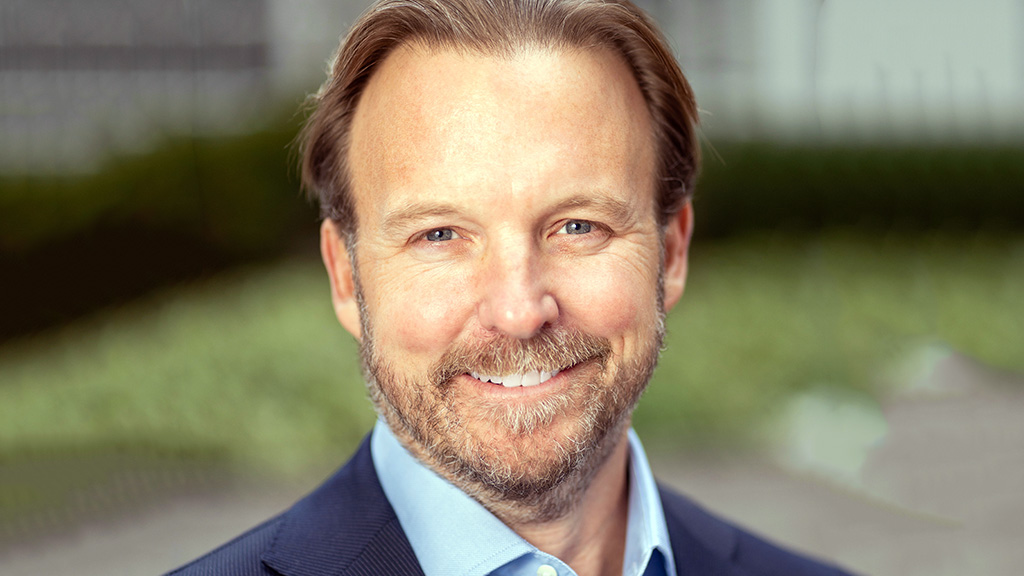
Key pivot in firm’s business led to major expansion, international reach; ‘We operate at the intersection of the board and the CEO.’
January 17, 2024
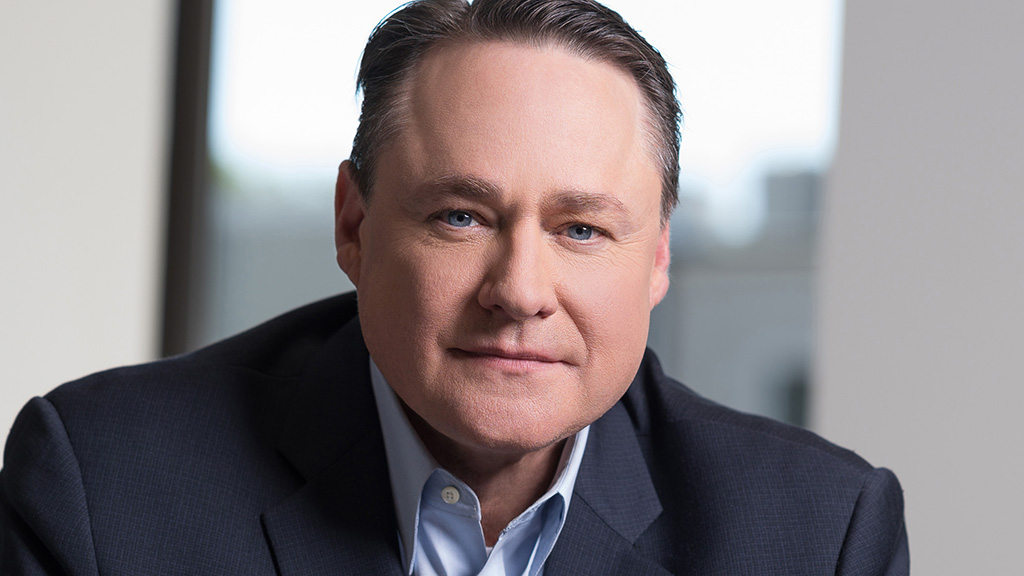
Longtime CEO of National Association of Federally-Insured Credit Unions credits success to communications, member service.
January 17, 2024
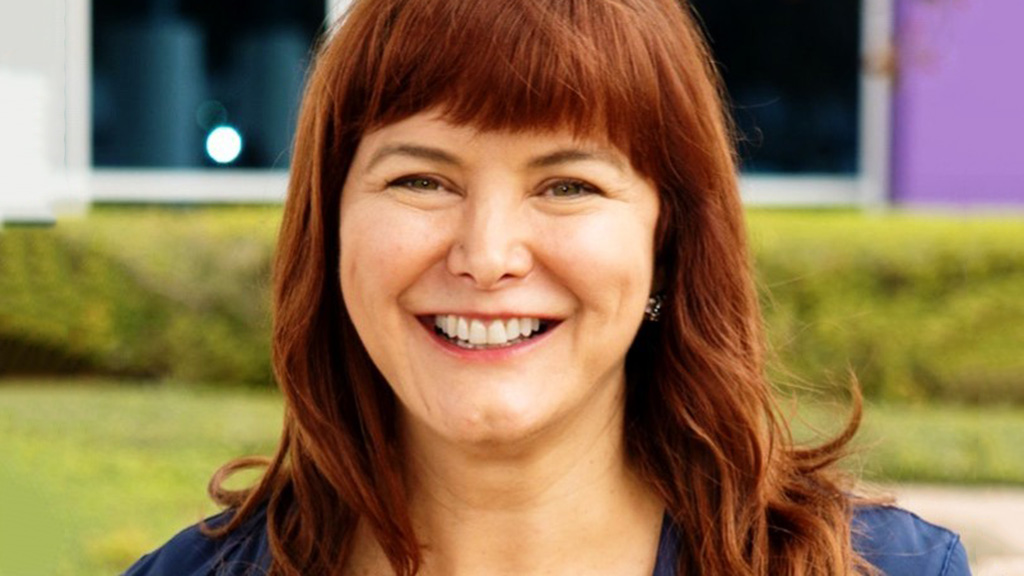
Association for Advancement of Medical Instrumentation CEO is mission-driven in new role.
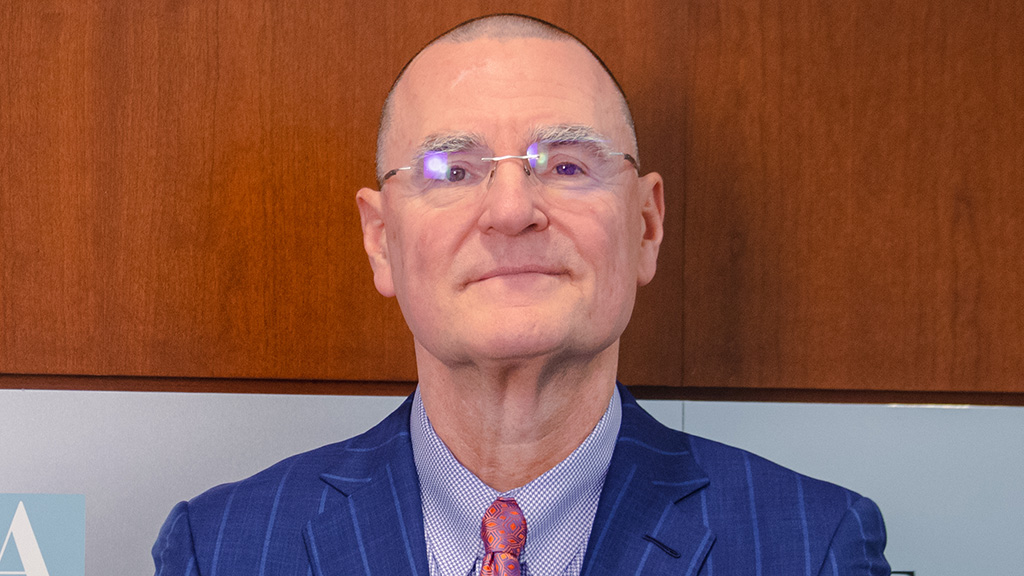
AAAE chief started as lobbyist in 1991; plans to see group through centennial year.
December 12, 2023

National Association of Home Builders CEO will focus on business, membership growth.
